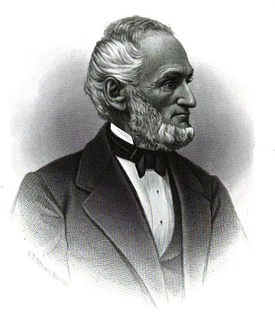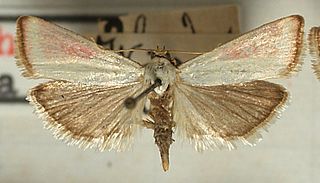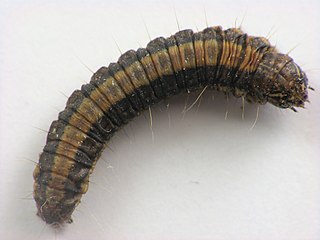Related Research Articles

Amasa Walker was an American economist and United States Representative. He was the father of Francis Amasa Walker.

Crambinae is a large subfamily of the lepidopteran family Crambidae, the crambid snout moths. It currently includes over 1,800 species worldwide. The larvae are root feeders or stem borers, mostly on grasses. A few species are pests of sod grasses, maize, sugar cane, rice, and other Poaceae. The monophyly of this group is supported by the structure of the tympanal organs and the phallus attached medially to the juxta.

Hypena is a genus of moths in the family Erebidae. It was first described by Franz von Paula Schrank in 1802. These non-migratory moths overwinter as pupae and almost never come to bait as adults.

Syllepte is a genus of moths of the family Crambidae.

Eurhodope rosella is a moth of the family Pyralidae. It is found in southern and central Europe.

Stigmella confusella is a moth of the family Nepticulidae. It is found from Fennoscandia to the Pyrenees, Alps and Bulgaria and from Ireland to central Russia.

Myelois is a genus of small moths belonging to the family Pyralidae. They are found in western Eurasia and adjacent regions such as the Maghreb.

Eupitheciini is a tribe of geometer moths under subfamily Larentiinae, often referred to as pugs. The tribe was described by Tutt in 1896.

The Chrysauginae are a subfamily of snout moths. They are primarily Neotropical and include about 400 described species.

The Epipaschiinae are a subfamily of snout moths. Almost 600 species are known today, which are found mainly in the tropics and subtropics. Some occur in temperate regions, but the subfamily is apparently completely absent from Europe, at least as native species. A few Epipaschiinae are crop pests that may occasionally become economically significant.
John Henry Wood was an English entomologist.
Eurhodope is a genus of snout moths. It was described by Jacob Hübner in 1825.
Eurhodope cinerea is a species of snout moth in the genus Eurhodope. It was described by Staudinger in 1879, and is known from Cyprus and Lebanon.

Eurhodope cirrigerella is a species of snout moth in the genus Eurhodope. It was described by Johann Leopold Theodor Friedrich Zincken in 1818, and is known from most of Europe.
Eurhodope incensella is a species of snout moth in the genus Eurhodope. It was described by Staudinger in 1859. It is found in Spain and North Africa.
Eurhodope nyctosia is a species of snout moth in the genus Eurhodope. It was described by Boris Balinsky in 1991 and is known from South Africa.
Eurhodope notulella is a species of snout moth in the genus Eurhodope. It was described by Émile Louis Ragonot in 1888. It is found in South Africa.
Barea confusella is a moth of the family Oecophoridae. It was described by Francis Walker in 1864. It is found in New Zealand and Australia.
References
- ↑ Savela, Markku. "Eurhodope Hübner, [1825]". Lepidoptera and Some Other Life Forms. Retrieved July 19, 2017.
- ↑ "Eurhodope confusella (Walker, 1866)". Afromoths. Retrieved 2012-01-17.